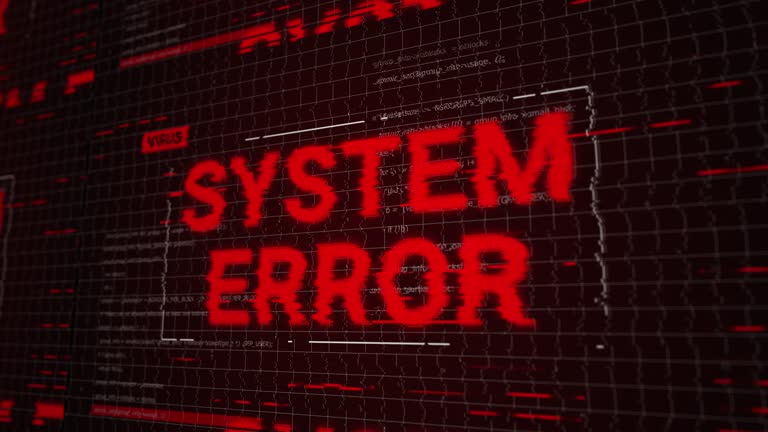Bringing Games to Life: The Power of Live Streaming
Remember when playing video games was just a solo affair — headphones on, eyes glued to the screen, and maybe the occasional grunt when you died? Those days are officially in the rearview mirror. Today, games are broadcast live, unfiltered, and with a front-row seat for anyone with an internet connection.
Welcome to the age of live streaming, where gameplay turns into performance art, personalities shine, and communities form faster than you can say “level up.”
Live Streaming and its Growth
At its core, live streaming is broadcasting real-time video content over the internet. Think of it as your own personal TV channel, except instead of reruns, you’re getting raw, unedited moments as they happen. When it comes to gaming, live streaming means sharing gameplay live with an audience anywhere in the world, creating a front-row seat to your digital adventures.
Live streaming games have exploded over the past few years. Platforms like Twitch, YouTube Gaming, and Facebook Gaming have turned from niche hangouts into global entertainment powerhouses. Even beyond traditional gaming, the format is expanding. Just look at the rise of the live casino sites, where players can join virtual tables and interact with real dealers, all from their screens..
Millions of viewers tune in daily to watch their favorite streamers tackle everything from casual Minecraft builds to competitive esports showdowns.
What’s driving this rocket-speed growth? Several factors are in play:
- Community and connection: Chat rooms, real-time reactions, and interactive features create a sense of belonging and participation, which traditional gaming or video content can’t match.
- Personality-driven content: Gamers aren’t just players anymore — they’re entertainers, influencers, and personalities. People tune in as much to hang out with these streamers as they do to watch the games.
- Accessible technology: With faster internet, affordable streaming gear, and easy-to-use software, the barrier to entry has dropped significantly. More creators, more content, more viewers.
- The shift in entertainment consumption: Younger audiences crave interactive, authentic experiences, and live streaming fits the bill perfectly, blurring the lines between gaming, socialising, and entertainment.
Put it simply: live streaming is no longer a fringe trend, but the beating heart of modern gaming culture.
The Effect of Live Streaming on Gaming
Live streaming used to be a fun side thing, but now it’s changing the whole game. It’s shaking up how games get noticed, played, and enjoyed by turning viewers from passive watchers into active fans.
Developers have caught on fast. One viral stream can turn a little-known game into the next big hit overnight. Unlike ads or trailers, live streams show real gameplay in real time, and that feels way more authentic.
Look at Among Us. It went from a quiet release to a global hit because streamers made it fun and social. Fortnite did the same, growing huge thanks to tournaments, celebrity appearances, and tons of interaction with viewers.
Live streaming makes gaming social. Instead of playing alone, people watch, chat, react, and even influence what happens. This interaction is now the heart of gaming culture. For developers and brands, it means stronger connections with fans and instant feedback.
The Pros and Cons of Live Game Streaming
Live game streaming offers some serious perks that have fueled its rise.
First off, the real-time interaction is a game-changer. Streamers can connect directly with their audience, getting instant feedback and building tight-knit online communities. This immediate back-and-forth creates a level of engagement that’s rare in other forms of entertainment.
Another big plus? Authenticity. Watching someone navigate challenges live, with genuine reactions, makes viewers feel part of the experience, not just spectators. For content creators, this connection translates to loyal followers and potential growth opportunities, including sponsorships and partnerships.
That said, streaming isn’t without its challenges.
Reliable internet is a must. Buffering or dropped streams can kill the vibe fast. Privacy is another consideration. Putting your gameplay and sometimes your personal life online means being mindful of what you share. And while most viewer interactions are positive, streamers sometimes face negativity or trolls, which requires solid moderation tools and a thick skin.
Overall, the benefits far outweigh the hurdles. With the right setup and mindset, live streaming is a powerful tool for gamers and creators looking to elevate their game and community.
Top Platforms for Live Game Streaming
When it comes to live game streaming, there are a few big names everyone talks about — and each one brings its own style to the table.
Here’s a quick look at the top platforms where gamers (and even casino fans) go live:
Twitch
The OG of live streaming. Twitch has the biggest gaming crowd, tons of streamers, and a strong community vibe.
- Cool stuff like emotes, subs, and donations make it fun and profitable.
- But because it’s so popular, it can be tough to stand out unless you stream consistently and build a loyal audience.
YouTube Gaming
Perfect if you want to mix live streams with regular video uploads.
- YouTube’s massive search engine helps new streamers get noticed.
- Monetisation? Super chats, memberships, and good ol’ ads have you covered.
Facebook Gaming
Growing fast, especially in regions outside the usual gaming hotspots.
- Easy to go live if you already have a Facebook profile or page.
- Social sharing helps bring in viewers — especially friends and followers.
- It’s not as focused on hardcore gaming, but it’s a good starting point for casual streamers.
Other contenders:
- FanDuel is not a typical game streaming platform but it offers real-time live dealer games — giving players the feel of a live stream with real cards, real dealers, and real-time play. It’s a fun crossover between gaming and gambling for players who enjoy the interactive side of live casino action.
- Discord Stage Channels are gaining traction for smaller, community-focused streams and events.
If you want reach and opportunity, Twitch and YouTube Gaming are your heavy hitters. Facebook Gaming is excellent for social reach and tapping into non-traditional gaming audiences. The key is picking the platform that fits your style and audience goals, and then owning it.
Wrapping It Up
Live streaming is changing gaming for good. If you’re thinking about starting or already streaming, now’s a great time to do it. There might be some challenges, but it’s mostly about having fun, connecting with people, and sharing your game. Just be yourself, and enjoy it, that’s what really matters.











